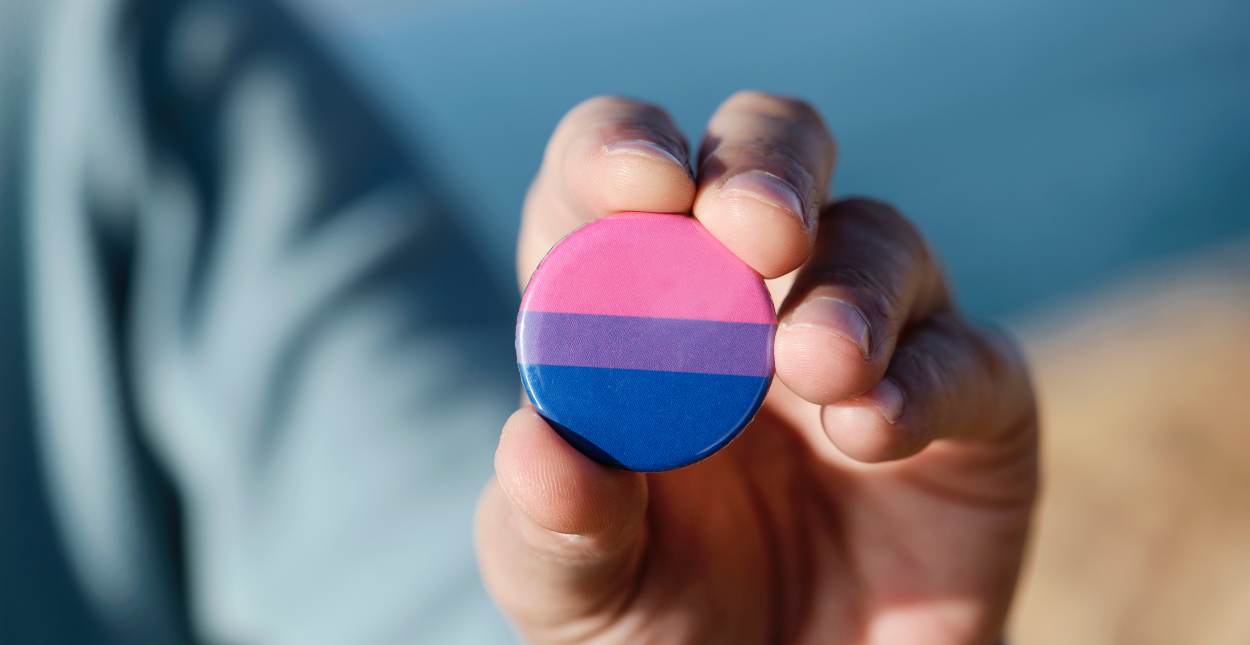âAll connections start with dream’: the reason why young couples are seeking therapy | existence and magnificence |
I
rene Wu, 28, and Dillon Tang, 24, hadn’t been together a year when they first started partners therapy. The couple, from L. A., started witnessing each other during the early times of lockdown, whenever extreme growing aches occur. They discovered themselves constantly arguing, in addition to their differing communication styles kept all of all of them puzzled.
Especially, states Wu: “Dillon seemed to “maybe not provide a fuck about such a thing, while we provide a
lot
of fucks.
“we had been very nearly planning call-it,” Wu remembers. But, some thing changed. “I found myself informing Dillon about my treatment appointment one day, in which he questioned, âSo whenever tend to be we planning carry out partners therapy?'”
Wu and Tang didn’t share children, a pet, and on occasion even a bedroom. The duration of their own devotion alone may have easily permitted for on a clean split, however alternatively, they self-prescribed couples counselling.
A decade ago the young couple may have been considered an anomaly, but Wu and Tang signify the millions of millennials for who professional help is starting to become fundamental to psychological state upkeep. The American Psychiatric Association not too long ago
reported
37percent of Gen Z have actually needed guidance, followed closely by millennials at 35percent, and therapists think the change to seeing mental health as a thing that has to be preserved â in place of merely attended to in a crisis â has changed just how more youthful folks view their own relationships, too.

“overall, more youthful years often feel much less shame around witnessing a counselor and so are into self-improvement and discussing thoughts,” states Simone Bose, a couples counselor for Relate, a British couples counselling foundation.
”
Often one of those has experienced individual treatment before and proposes going to relationship counselling with each other,” she says.
Lisa Hochberger’s clientele’s reasons for treatment differ, but recently, almost all have actually shared one commonality: like Hochberger by herself, they are under 35.
“Young people don’t want to turn-to alcohol, food, medicines or partying to ensure that they’re calm any more,” she says. “These young adults need to protect against by themselves from residing a life like their parents who may have maybe not experienced access to their particular involuntary discomfort and injury.”
That will be borne out-by the numbers: one 2017
study
by MidAmerica Nazarene college put the number of millennials aged 23 to 38 who’d attended
couples counseling at 51per cent
, with partners aged 25 to 30 making up the majority of those going to treatment. Along with 2018, the counseling charity
Connect
announced a 30% boost in UK customers under 40-years-old in four many years.
But while married people normally grab
about six many years
to look for specialized help with dilemmas within their relationships, the pandemic have sped things right up, forcing partners into early cohabitation and quarantine with one another.
Missourians Emily, 28, and Katie, 31 (surnames currently omitted for confidentiality), had been internet dating for just two many years and residing separately once they initial desired therapy. Up against the outlook of transferring with each other while in the pandemic, the two couldn’t come to a contract. Emily idea
transferring was the natural next period regarding union (plus, it would deliver
less costly cost of living), while Katie pulled back. Upon attaining an impasse, Emily gave Katie three solutions: prove you love myself and live with me, break-up or obtain exterior information. They decided option three.
“the matter that delivered all of us in turned out to be linked to a whole slew of various other âissues’, because so many trauma answers are,” says Emily. “A lot of things have developed that I wouldnot have actually predicted we might end up being talking through, which will be really terrifying and romantic.”
The two had been forced to deal with the disparities in their methods to monogamy, funds and also friendships. Emily required balance and control, while Katie directly guarded the woman independence.
“We were type at this shell in the street if one thing didn’t transform between you, we had been surely proceeding towards separating,” contributes Katie.
After Katie and Emily’s basic session, a feeling of comfort set in.
“to possess somebody indeed there to assist all of us feel validated and also to end up being indeed there for the connection, thought fantastic,” Emily clarifies. “It really is like just how yoga instructors always state, âThank yourself for making it to your pad nowadays.’ I feel only committing to participating for all the treatment procedure was these types of a massive turning point for all of us.”
Esther Perel.
Picture: Owen Kolasinski/BFA/Rex/Shutterstock
Partners treatment has also be a little more obvious in popular tradition over the last five years â with an increasing number of wildly popular books, podcasts and television demonstrates enable people to see the therapeutic process as genuine partners experience it. From Esther Perel’s In Which Should We Commence To
Partners Therapy
and
Love, Sex, Goop
,
these programs offer a nuanced depiction of treatment; whom needs it; and what-for â damaging the taboo over doing it.
That will be in stark contrast towards intimate beliefs that lots of millennials spent my youth with. Between Victorian literary works and also the modern Hollywood romcom, the concept which our significant other
should
end up being “ideal in almost every way” has been sold to united states for centuries. Now acknowledging these opinions as unlikely, young adults are recruiting outside make it possible to reset their own expectations.
“All connections get started with fantasy,” says Laura Day, author of the bestselling self-help book This is the situation
.
The dreams consist of how the union will change united states, how other could make united states feel, how couplehood will alleviate our very own individual weaknesses and problems â causing all of that continues only assuming that the dream does.”
In regards to our ancestors, that fantasy gave solution to a resigned discontent.
“more mature years imagine treatment as a treatment to mental disease, you really must have some issue and start to become emotionally sick to get a therapist,” explains connections counselor Lia Holmgren. “Now, couples that happen to be crazy come to mind this may conclude and certainly will find out interaction strategies and realize both better from the outset.”
Chelsea, a 31-year-old communications guide located in New York, was actually pleased in her own commitment whenever she went into treatment. However with relationship in the notes, she and her companion planned to place their own
“best foot forward”.
“Together with we all know both, do not routinely have an online forum to share with you exactly how we feel, exactly how we happened to be elevated or just what specific problems we would like be effective on in the commitment,” she claims. “I feel like partners therapy has an unfair reputation for being a last vacation resort, but if you’re going to therapy together with your partner as a final vacation resort it could be too-late.”
Yearly into therapy, Wu acknowledges she and Tang tend to be “very differing people” than when they started online dating. Their unique counselor frequently forced the pair to unravel any previous arguments from the few days previous and determine its catalyst. Within first few sessions, Irene says they reverted back to the “honeymoon stage”. While at times, Dillon may suffer unappreciated and Irene misunderstood, therapy gave the couple making use of tools to articulate these emotions.
Chelsea thinks therapy are the “best expense” she along with her husband are making to their partnership. “What started as a premarital project with a finite schedule turned into something which’s been completely built into our everyday everyday lives.”
Emily and Katie have actually persisted with treatment, as they are now drawing near to the six month mark the help of its therapist. Engagement anxiety has actually dissipated and also the set have actually since moved in with each other. “I feel nearer to Katie than I actually ever have actually felt,” claims Emily. “Really don’t need say it seems invincible it undoubtedly can make myself feel a lot more existing and enjoying.”
After 12 periods, the first shortage of communication that affected Irene Wu’s commitment features greatly enhanced. She’s learned her causes, preventing past upheaval from informing the woman behavior, and therefore the woman sweetheart’s nonchalance shouldn’t be mistaken for insufficient interest.
“We recognize and love each other in regards to our distinctions,” Wu explains. “I’ve been more patient and he’s been learning to empathize with my emotions much more. At the conclusion of the afternoon, both of us want the same thing.”


